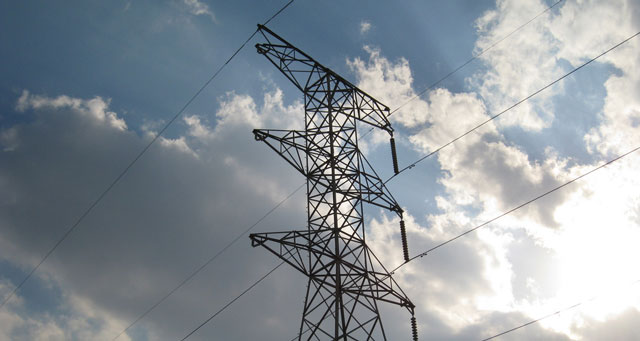
Eskom’s board has approved a new fleet renewal strategy based on the economic viability of a station as opposed to a purely age-based decommissioning of power stations.
Eskom said on Monday that to ensure reliable supply of electricity and no load shedding, a fleet renewal strategy is necessary over and above normal maintenance. Eskom’s fleet renewal strategy extends the life of a station by replacing components when they reach their end of life, as long as it is economical to carry out the replacement.
In line with this strategy, the Eskom board has approved the commencement of a pre-feasibility study for renewal options for four of its oldest power stations, namely Komati, Camden, Hendrina and Arnot. The pre-feasibility study will take 18 months to complete.
The economic viability is determined by comparing fleet renewal costs with primary energy costs and all running costs after renewal. The main cost drivers for the fleet renewal strategy will be life extension (to ensure continued reliability of the station); legal requirements (for example safety and environmental); regulatory requirements; and coal cost reduction (to the National Energy Regulator of South Africa’s determination).
Last week, Eskom reported a significant decline in diesel usage from R800m to R40m in five months. It said this was in line with steady progress with its turnaround strategy. Eskom’s board of directors, led by chair Ben Ngubane, are satisfied about the progress made so far in turning around operational and financial performance.
Eskom emphasised that its fleet renewal strategy will be executed within South Africa’s COP21 commitments to reduce carbon emissions.
Eskom has not implemented load shedding for the past nine months. It said it plans to continue implementing appropriate levels of planned maintenance to ensure long-term plant reliability. A reduction in unplanned outages contributed to improvements of plant availability.
While improving the performance of its existing ageing fleet, Eskom said it also managed to fast-track the building of new generating capacity. This includes work at the Ingula Pumped Storage Scheme where unit 3 was synchronised to the national power grid in March, the testing before synchronisation of unit 4 and construction work on both units 2 and 1.
Eskom also continues to execute its build programme at Medupi and Kusile. In February this year, unit 1 of the Kusile power station successfully completed factory acceptance tests, an important milestone towards the synchronisation of the unit.
Medupi’s unit 5 also completed its factory acceptance tests in December last year and is expected to come into full commercial operation by March 2018.
The Majuba rail project is expected to be completed by December 2017. Once commissioned, the security of coal supply through logistics solutions at both the Majuba and Tutuka power stations will transport about 21m tonnes of coal per year by rail.

